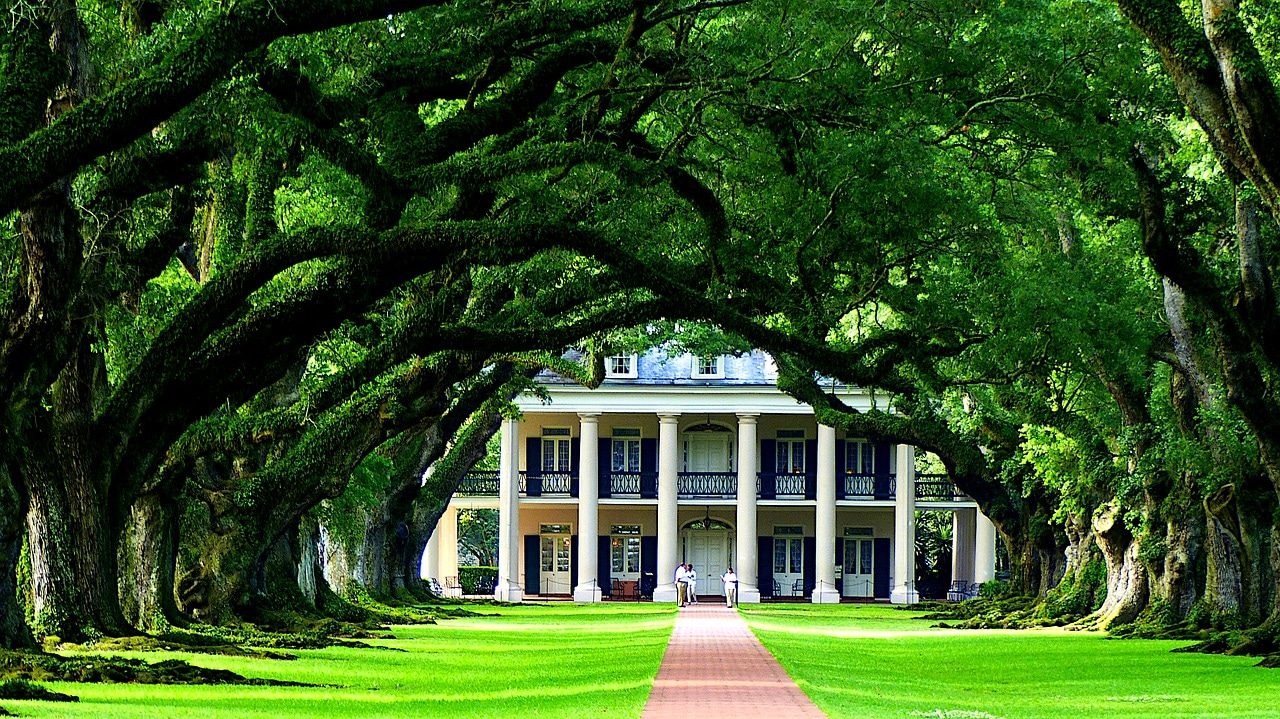
Article Summary: Louisiana National Parks
We’re not just whistling Dixie at More Than Just Parks. We’ve got six incredible national park sites for you to visit in Louisiana.
Louisiana is home to some truly incredible national park sites-historic battlefields, historic homes, smooth jazz, beautiful wetlands, and a world heritage site too. Louisiana has it all!
I’ve been to so many of these amazing places since retiring from teaching in 2018. Did I mention that I taught history? I spent a lifetime teaching about the history behind these momentous sites. Then I got to see them firsthand. And now I’m sharing the stories of these incredible places with you. It doesn’t get any better than that!
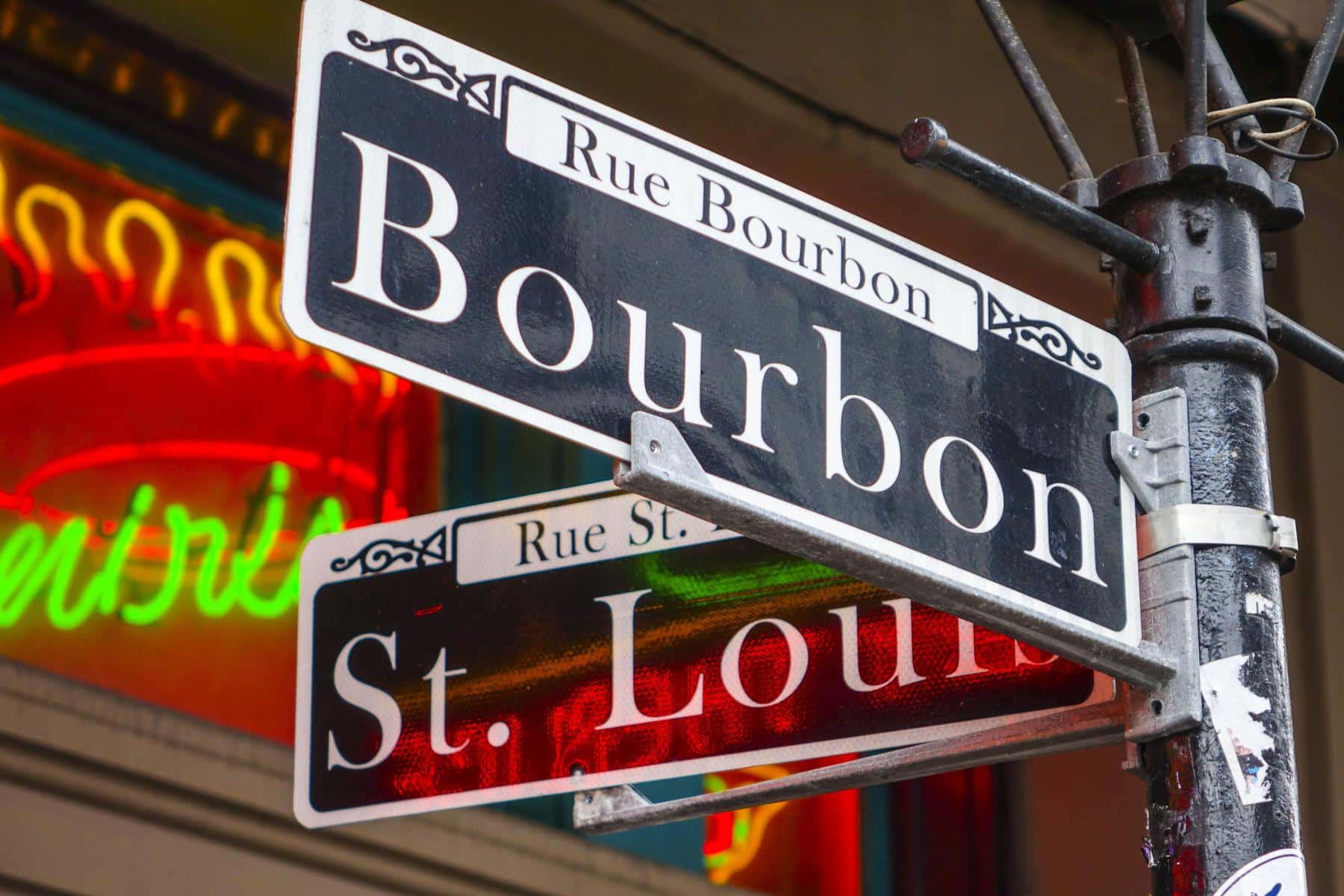
What Is A National Park?
We get asked that question a lot because there’s a difference between a “national park” and a “national park site.” To help you understand that difference you might want to check out our article titled: What Is A National Park Really?
If you’re planning a trip to the Bayou State then one book which I recommend is: Louisiana Bucket List Adventure Guide: Explore 100 Offbeat Destinations You Must Visit!
What are we waiting for? Let’s dive in.
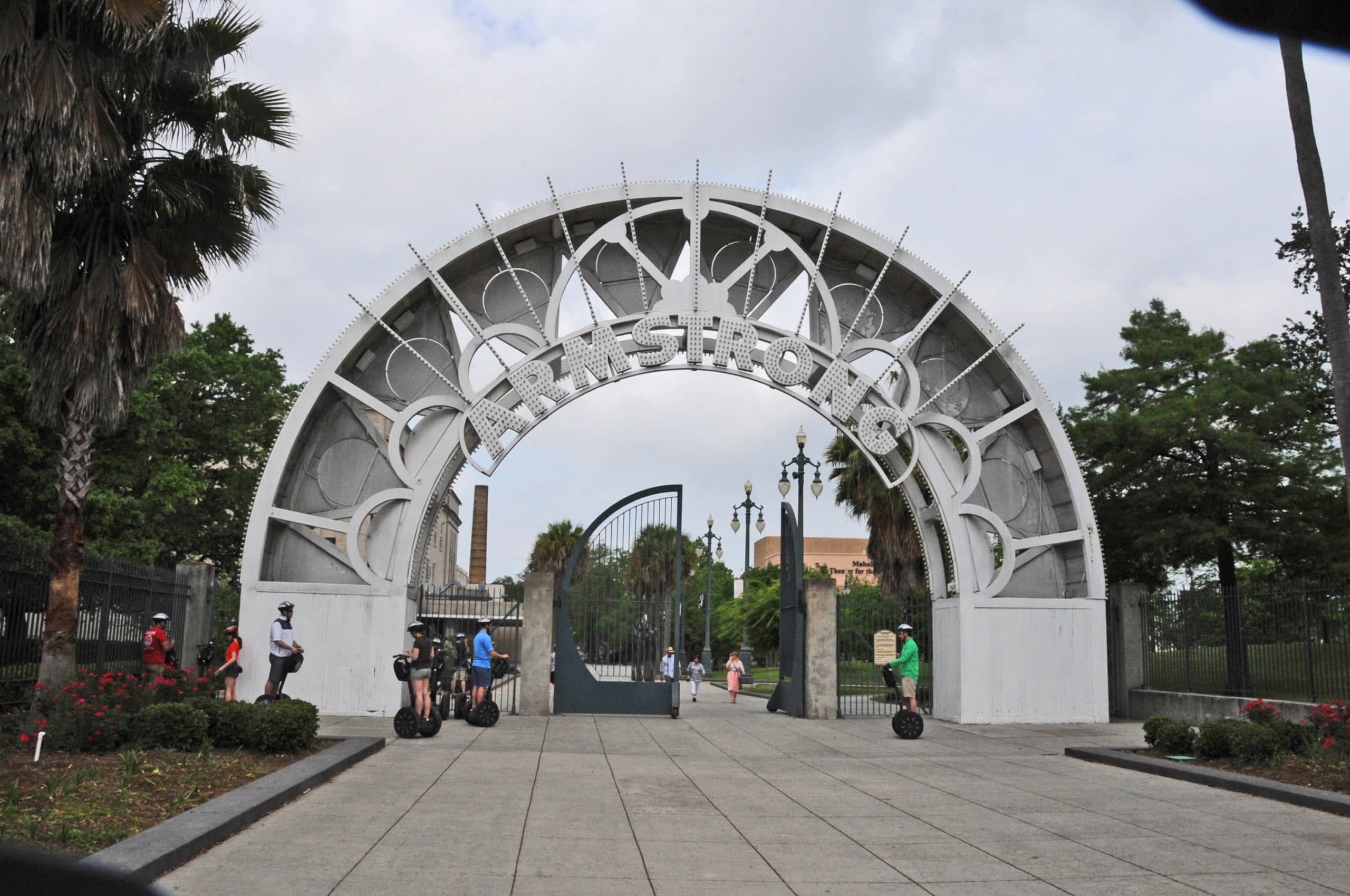
Table Of Contents: Louisiana National Parks
Louisiana National Parks
1. Cane River Creole National Historical Park
Among the Louisiana National Parks, Cane River Creole National Historical Park has a unique history.
It’s dedicated to preserving the history and culture of the Cane River Creole community, a group of people of mixed African, European, and Native American ancestry who lived in the area from the 18th to the 20th centuries.
The park includes two historic plantations, Oakland and Magnolia, as well as several other historic sites and structures, such as the Yucca House, which was built in the late 1800s as a store and post office, and the Badin-Roque House, which was constructed in the early 1800s and served as a plantation home.
The park also features a number of exhibits, programs, and guided tours that offer visitors an opportunity to learn about the history and culture of the Cane River Creole community. Exhibits and displays showcase the region’s architecture, art, music, food, and religion, and tell the stories of the people who lived and worked in the area.
One of the most significant aspects of the park is its connection to the African American community, and its efforts to preserve the stories and traditions of enslaved and free African Americans who lived and worked in the region.
Many of the park’s exhibits and programs highlight the contributions of these individuals, and offer visitors a deeper understanding of their experiences and the challenges they faced.

Things To See And Do
You can take a self-guided or a guided tours of the two plantations and the cabins where slaves lived. Why stop there when there’s so much else to see?
Art lovers should check out the Natchitoches Art Guild & Gallery. The gallery displays a variety of interesting works which give you a real sense of the people and their culture.
Recreational enthusiasts should explore Briarwood Nature Preserve. It’s a private foundation open for public tours during: March, April, May, October and November; Saturdays, 9-5; Sundays, 12-5. Weekday tours are available by appointment only.
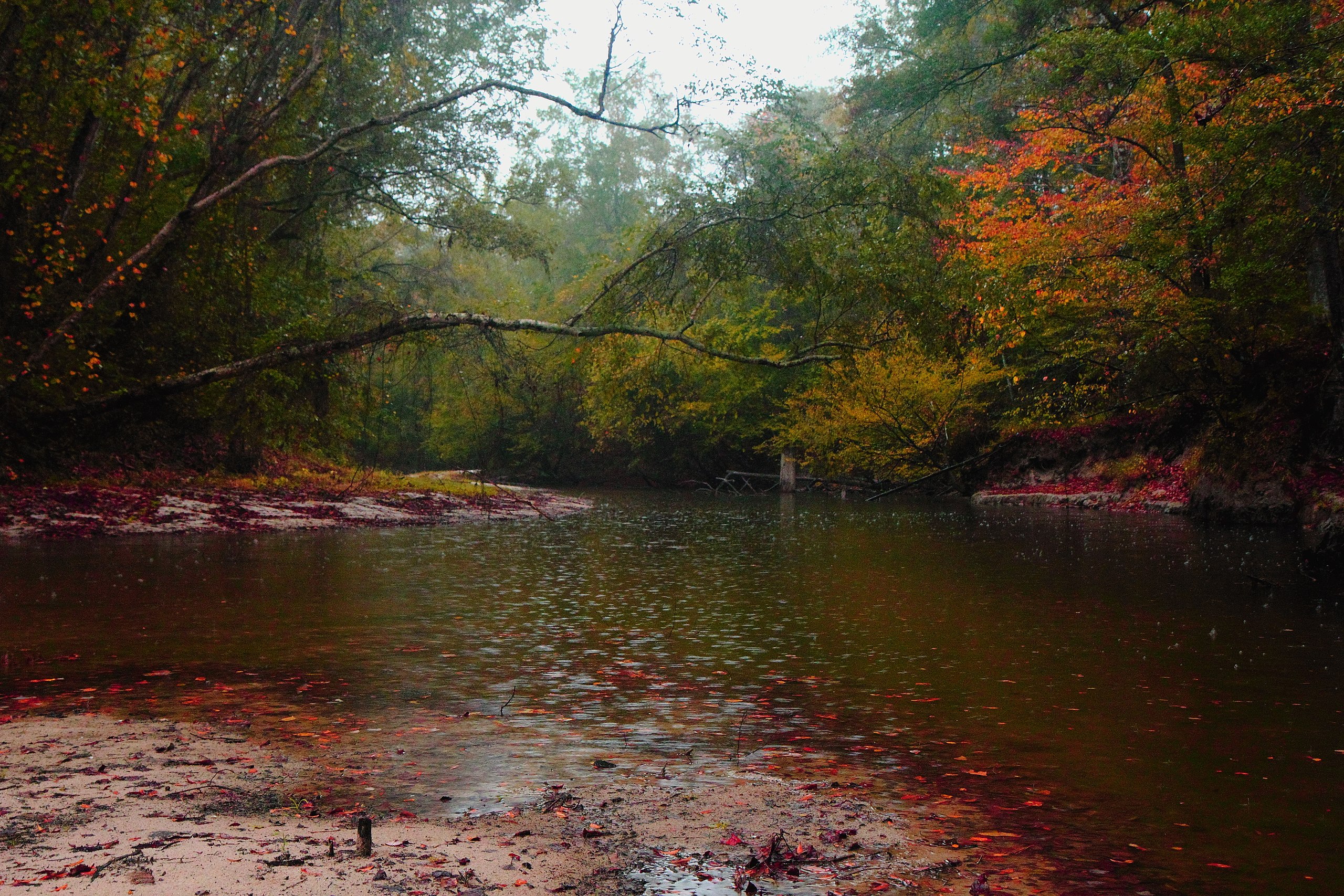
Wonderful Outdoor Activities
If you’re interested in outdoor activities like boating, camping, hiking, swimming or watching wildlife then there’s three places nearby that are worth a visit. Together they offer all of these activities.
They are: Cane River Lake, Kisatchie National Forest and Red River National Wildlife Refuge.
2. El Camino Real de los Tejas’
El Camino Real de los Tejas is a historic trail that runs through Texas, Louisiana, and eastern Mexico.
It was used by the Spanish during the 17th, 18th, and 19th centuries to connect their missions, presidios (forts), and settlements in Texas and northeastern Mexico.
The trail was first established in the late 1600s as a way for the Spanish to expand their influence in the region, but it also served as a vital trade and transportation route for the people who lived along it.
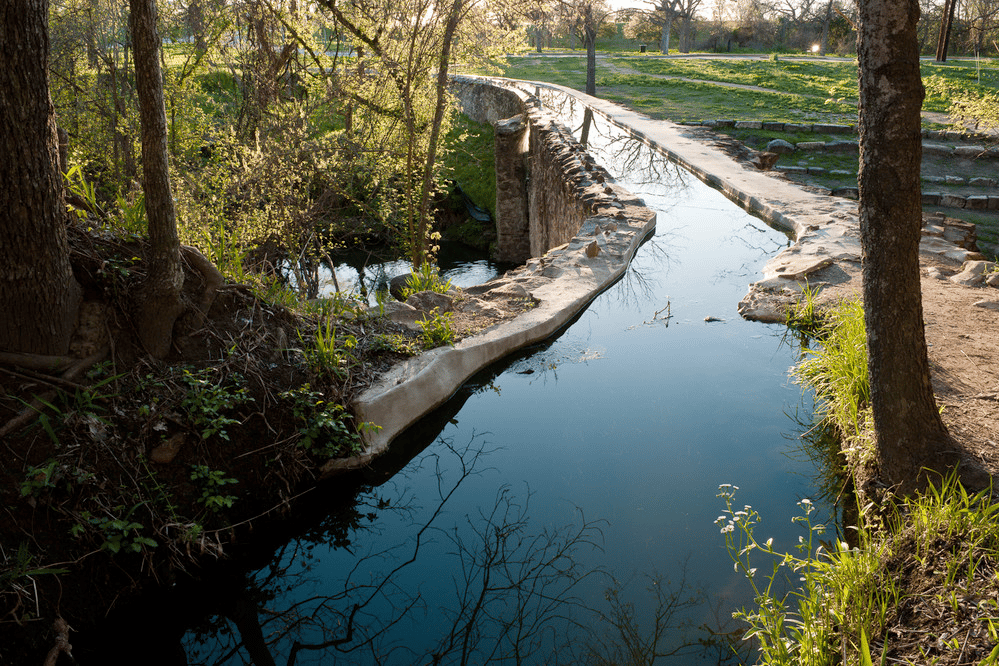
The Trail Crosses Different Ecosystems
The trail followed the natural corridors of the region and crossed through many different ecosystems, including deserts, prairies, and woodlands. It passed through the present-day cities of San Antonio, Nacogdoches, and Los Adaes, and it was also used by French and Mexican traders, American settlers, and Native American tribes.
El Camino Real de los Tejas was declared a National Historic Trail by the National Park Service in 2004, and today it is recognized as an important part of the cultural heritage of Texas and the American Southwest.
The trail is commemorated by markers, monuments and parks along its route, and it is considered as one of the most historically significant trail in the region.

Points Of Interest Along The Trail
Some points of interest along the trail include:
- Mission San Francisco de los Tejas: This was the first Spanish mission established in Texas, in 1690.
- Presidio La Bahia: This was a Spanish fort built in 1749 to protect the mission.
- Los Adaes State Historic Site: This was the capital of the Spanish province of Tejas from 1729 to 1770.
- San Antonio de Bexar: This was the site of the Battle of Bexar, which was fought in 1835 during the Texas Revolution.
- Nacogdoches: This was an important trading center for the Spanish and later for the Mexicans.
- San Augustine: This was a major settlement on the trail, and was the site of several battles during the Texas Revolution.
- Sabine Pass: This was the site of a Confederate victory during the Civil War.
- Los Adaes: this was the last Spanish colonial capital of Texas, it was established in 1721 and abandoned in 1773
Please note that, the trail is not all preserved, so some of the points of interest might not be accessible or visible today.
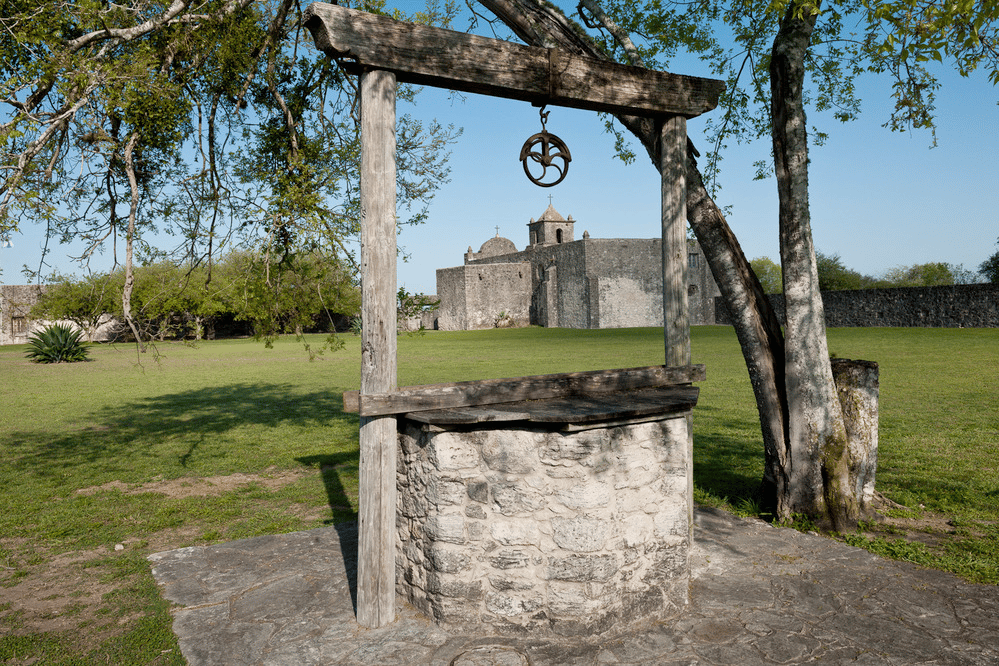
3. The Jean Lafitte National Historical Park & Preserve
The Jean Lafitte National Historical Park and Preserve was established in 1978 to preserve the natural and cultural history of the area, which includes wetlands, swamps, bayous, and historic sites.
The park is named after Jean Lafitte, a pirate and privateer who operated in the Gulf of Mexico during the late 18th and early 19th centuries. The park includes several sites associated with Lafitte, as well as historic buildings and cultural artifacts related to the region’s history.
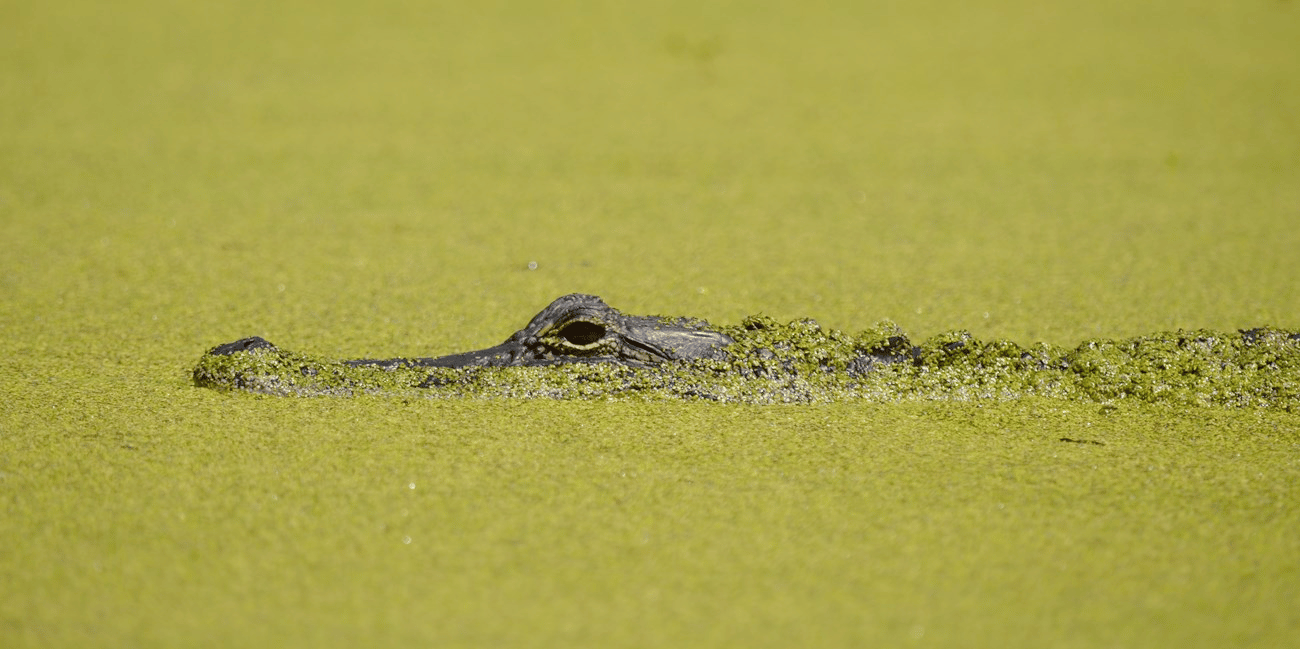
There’s Six Different Sites To Choose From
(1) Barataria Preserve
The park’s main site is the Barataria Preserve, located just outside of New Orleans. This site features a visitor center, hiking trails, and boat tours that take visitors through the wetlands of the Barataria Bay.
The preserve is home to a variety of wildlife, including alligators, snakes, and birds, as well as a wide variety of plants.
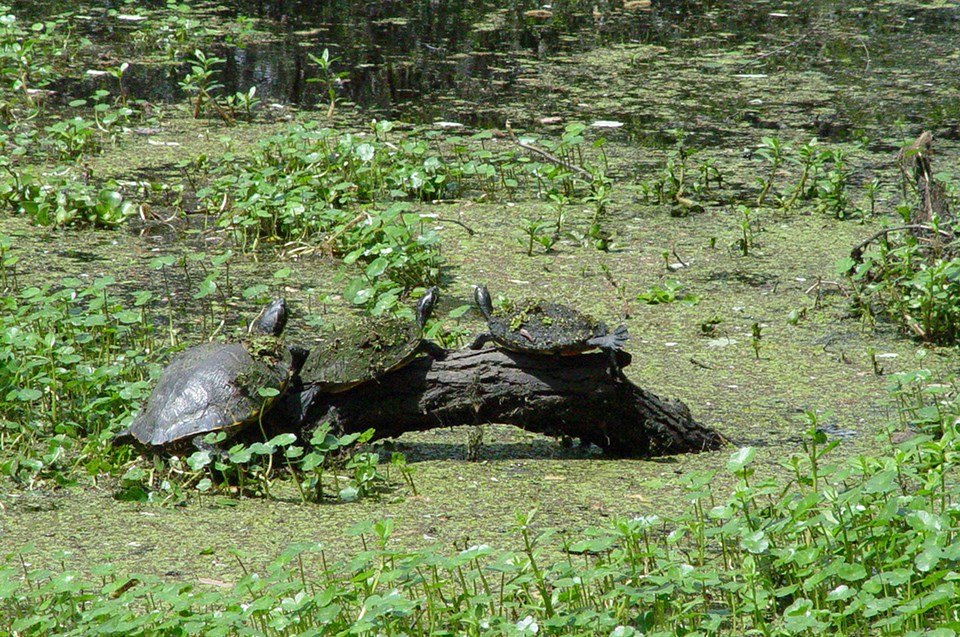
(2) Chalmette Battlefield
Another site within the park is the Chalmette Battlefield, which is the site of the Battle of New Orleans, fought during the War of 1812.
This site includes a visitor center, a historic battlefield, and a cemetery where soldiers who fought in the battle are buried.
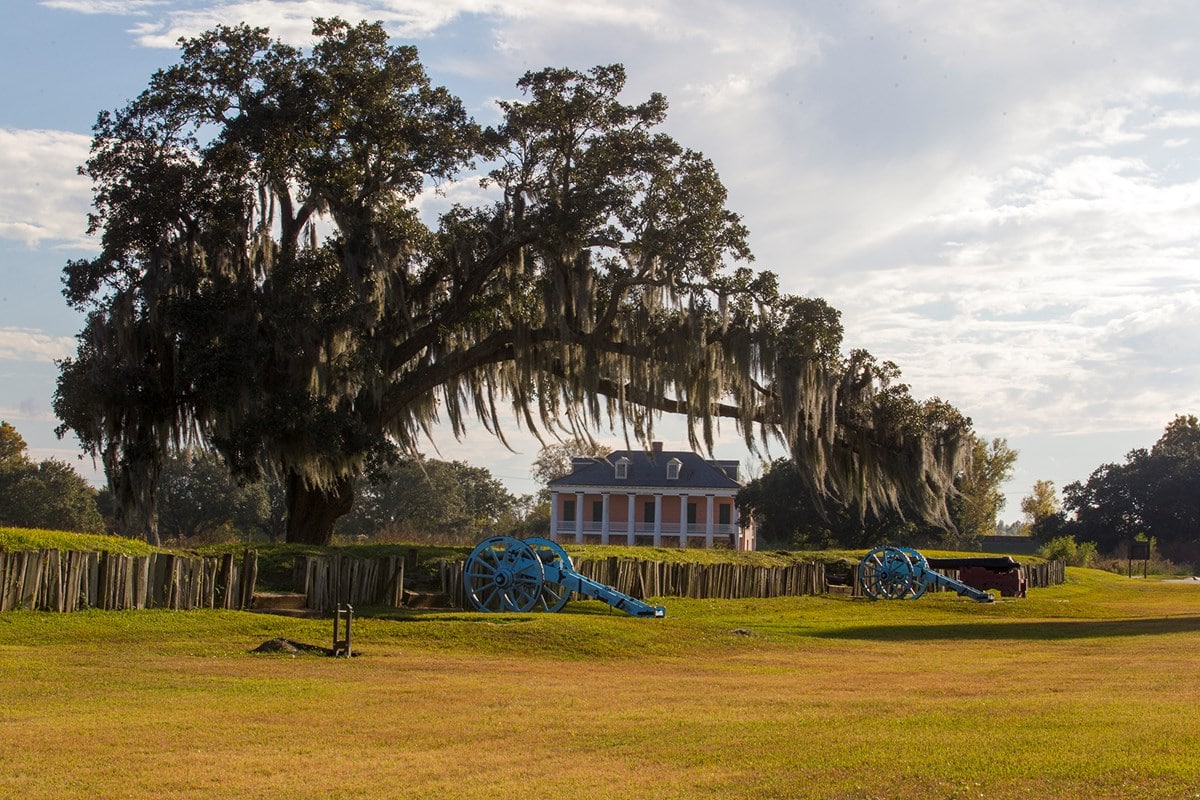
(3) French Quarter Visitor Center
The park also includes the French Quarter Visitor Center in New Orleans, which provides information on the history and culture of the city.
The visitor center is housed in the historic Old U.S. Mint building and features exhibits on the history of New Orleans and the people who have lived there.
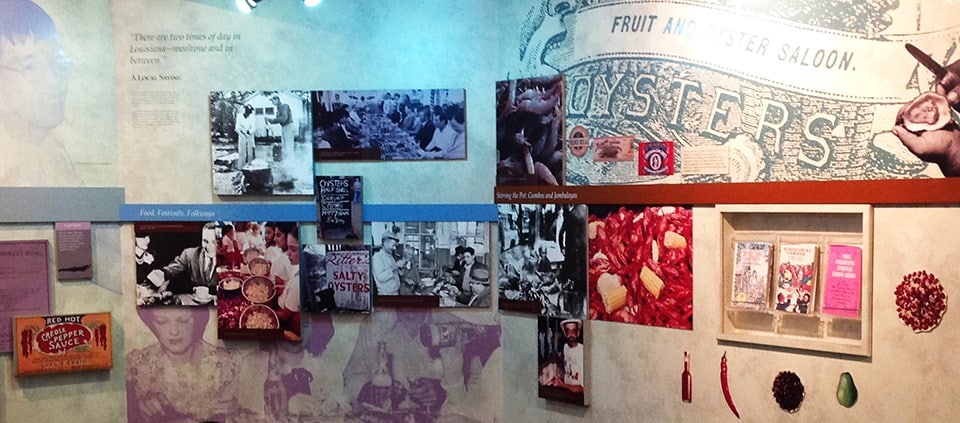
(4) Three Other Sites
Other sites within the park include: (1) the Acadian Cultural Center, which offers exhibits and programs on the history and culture of the Acadian people; (2) the Wetlands Acadian Cultural Center, which focuses on the culture and environment of the Louisiana wetlands; and (3) the Prairie Acadian Cultural Center, which interprets the culture and history of the prairie region of Louisiana.
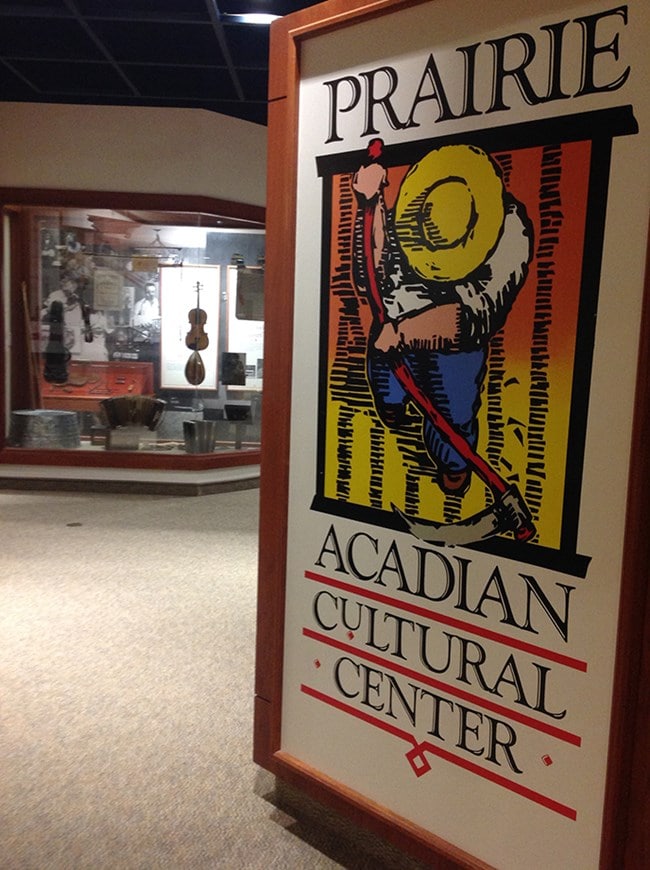
Overall, the park offers a variety of activities and experiences for visitors, including hiking, boating, bird watching, and learning about the history and culture of the region.

4. New Orleans Jazz National Historical Park
I love jazz so this next site is one of my two favorites one when visiting Louisiana.
It’s the New Orleans Jazz National Historical Park. This park is located in New Orleans and it was established in 1994 to preserve, protect, and interpret the history and legacy of jazz in America.
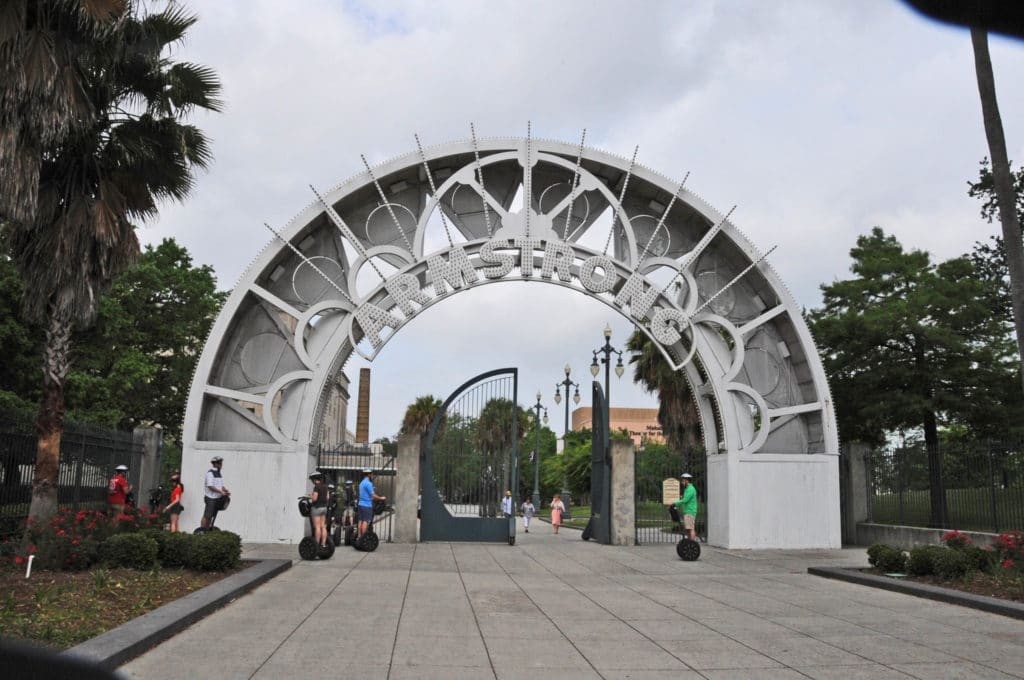
The Origins Of Jazz Can Be Traced Back To New Orleans
The origins of jazz can be traced back to the late 19th century in New Orleans, where African American musicians began to blend European musical traditions with African rhythms and melodies.
This unique blend of cultures gave birth to a new genre of music known as jazz, which quickly gained popularity in the city and eventually spread to other parts of the country and the world.
The park includes several historic sites that are significant to the history of jazz, including the Old U.S. Mint, which was used as a music venue in the early 20th century and now houses a jazz exhibition; Congo Square, where enslaved Africans were allowed to gather and play music on Sundays in the 19th century; and the home of jazz musician Louis Armstrong.

The Park Offers Some Wonderful Activities
The park also offers a variety of educational programs and activities, including guided tours, concerts, and workshops, as well as a jazz oral history program which focuses on the collection and preservation of jazz stories and memories.
In addition, the park also offers a Junior Ranger program for children, which allows them to learn about jazz and the history of New Orleans through interactive activities.
Overall, New Orleans Jazz National Historical Park serves as an important cultural and historical resource, educating visitors about the origins, development, and significance of jazz music, and how it has shaped American culture and history.

To Learn More
If you’re interested in learning more about the phenomenon which we call “Jazz” then there are some wonderful books available. Three of my favorites are:
- Jazz: A History of America’s Music by Geoffrey C. Ward & Ken Burns.
- The History of Jazz by Ted Gioia
- On Jazz: A Personal Journey by Alyn Shipton
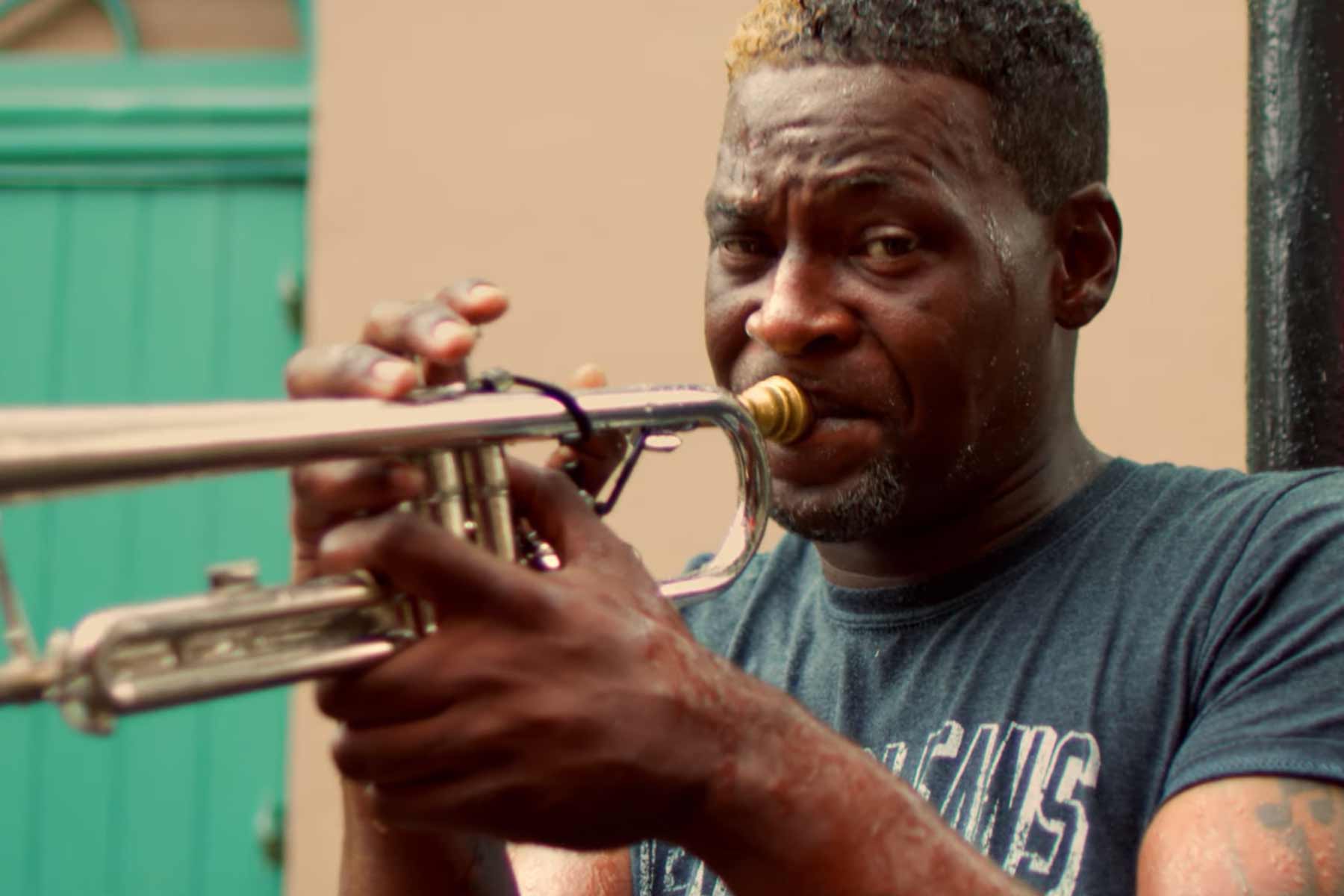
More Louisiana National Parks
5. Poverty Point National Monument
Louisiana National Parks celebrate history that was made in recent times as well as the history of long ago.
Poverty Point World Heritage Site is a a trading hub, an engineering marvel, a monument to ingenuity—there are many ways to describe Poverty Point.
At Poverty Point there’s the remnants of ancient culture which contains some of North America’s largest prehistoric earthworks.

Poverty Point Was Part Of An Enormous Trading Network
3,000 years ago, Poverty Point was part of an enormous trading network. It stretched for hundreds of miles across the continent.
Hand by hand and basketful by basketful, men and women shaped nearly 2 million cubic yards of soil into stunning landscapes. The result was a massive 72-foot-tall mound, enormous concentric half-circles and related earthworks that dwarfed every other earthen monument site for 2,200 years.
It’s truly an engineering marvel! Visitors can explore the culture of a highly sophisticated people. There they will see one of North America’s most important archeological sites.
In 2014, a new label was added: UNESCO World Heritage Site.
The State of Louisiana operates an interpretive museum, holds special events, and provides programs and guided tours there.

6. Vicksburg National Military Park
When it comes to having a blast with the past, my other favorite among the Louisiana National Parks would have to be Vicksburg National Military Park.
The Battle of Vicksburg is recognized as one of the greatest military campaigns in history. It’s an important part of the history of both Mississippi and Louisiana.
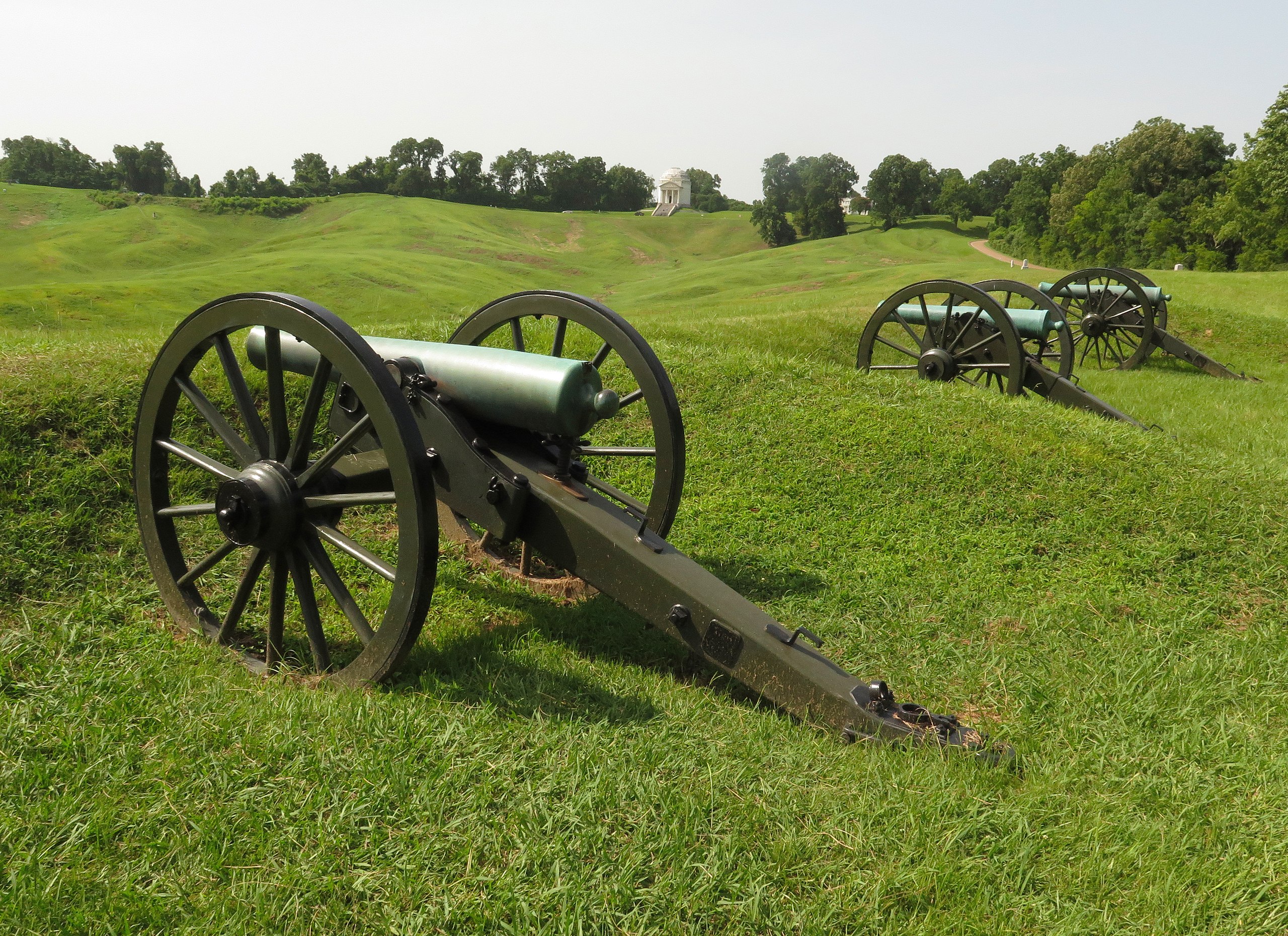
CHECK OUT: 10 BEST Civil War Sites In America
If You Love History (Especially Military History) Then This Park Is Definitely For You
Vicksburg National Military Park commemorates the American Civil War Siege of Vicksburg. The Siege of Vicksburg was a significant campaign of the Civil War, where Union forces under General Ulysses S. Grant captured the Confederate-held city of Vicksburg on July 4, 1863, which gave the Union control of the Mississippi River.
The park includes a variety of features that commemorate the siege and the battle that took place there. These include a 16-mile tour road that follows the Union siege lines, over 1,300 monuments and markers, several reconstructed forts, and several restored artillery batteries.
Visitors can also see a museum and a visitor center that house a collection of artifacts, documents, and other items related to the battle and the siege.
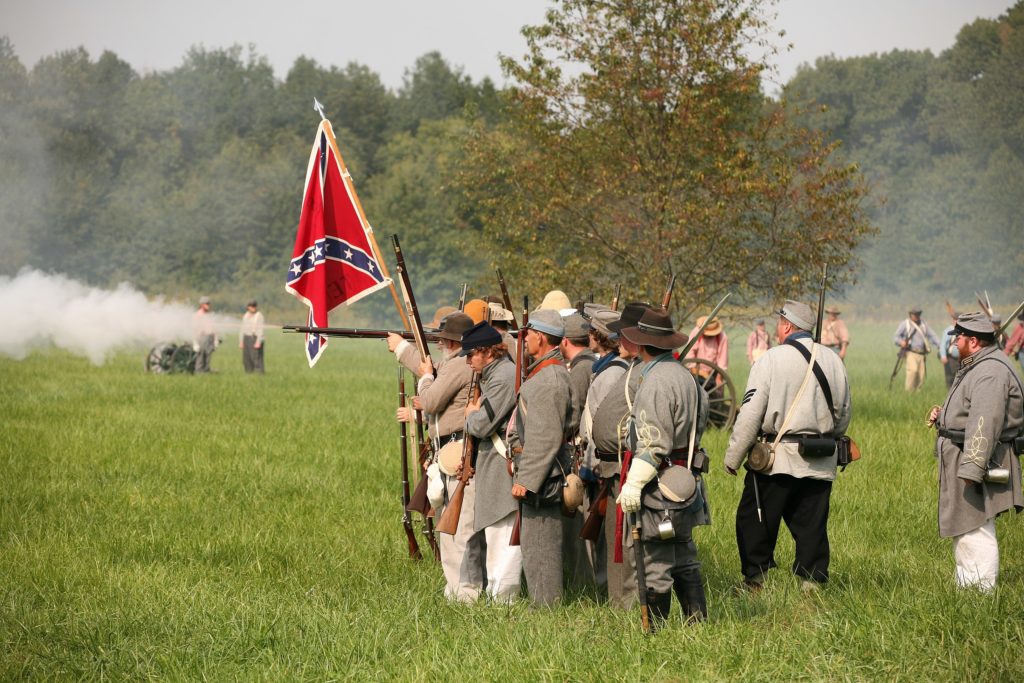
Be Sure To Visit The Vicksburg National Cemetery
The park also includes the Vicksburg National Cemetery, which is the final resting place for over 17,000 Union soldiers who died during the siege and the battle.
The park offers a variety of educational programs, including guided tours, ranger-led programs, and self-guided walks, which provide visitors with an understanding of the history and significance of the siege and the battle.
Vicksburg National Military Park is an important historical site that provides visitors with an understanding of the Civil War and the role that Vicksburg played in it. It is also a National Historic Landmark and it is part of the Vicksburg Campaign of the Civil War.

RELATED: 9+ Mississippi National Parks For Your Dixie Bucket List (Expert Guide)
While At Vicksburg, You Should Also Check Out The Louisiana Memorial
The Louisiana State Memorial is located on Confederate Avenue at milepost 11.9 of the park tour road near the intersection of Pemberton Boulevard. Construction started on July 10, 1919. The memorial’s dedicated took place on October 18, 1920.
At a final cost of $43,500, the memorial was transferred to the Federal Government by Louisiana Governor Parker. It contains an 81 foot Doric Column, topped by a brazier of granite with “eternal flame.”
The monument stands on the highest point in the Vicksburg National Military Park at 397 feet above sea level. “Louisiana” is displayed on the front of the memorial and a list of the organizations involved in the Campaign and Siege of Vicksburg appears around its base along the sides. (Source: National Park Service)
To Learn More About Vicksburg
There are some excellent books on the Battle of Vicksburg. One of my favorites is Vicksburg: Grant’s Campaign That Broke The Confederacy by Donald L. Miller.
CHECK OUT: 10 BEST Civil War Sites In America
Check Out Our Great Smoky Mountains Film
MTJP | Smoky Mountains is a visually stunning journey through Great Smoky Mountain National Park during peak fall color.
This video is the culmination of two weeks exploring Great Smoky Mountains National Park. We chose Great Smoky Mountains as our second park because of it’s extraordinary display of fall colors, it’s incredibly diverse wildlife population, and it’s importance as the most visited national park in the country.
This film was shot entirely in 4K UHD. We chose to capture this park in the Fall as it is home to one of the most wonderful displays of fall foliage on the planet.
Fall is also a wonderful time to watch the elk rutting season and experience cooler, less humid temperatures.
Louisiana National Parks FAQ
Louisiana is famous for its Cajun and Creole cuisine, Mardi Gras celebrations, diverse cultural heritage, bayous, jazz music, and as the birthplace of American blues. The state also has strong French colonial influences.
Cane River Creole National Historical Park. Among the Louisiana National Parks, Cane River Creole National Historical Park has a unique history.
The following are a list of must-see historic sites in Louisiana:
The National World War Two Museum
New Orleans Jazz National Historical Park
Cane River Creole National Historical Park
Jean Lafitte National Historical Park & Preserve
Poverty Point National Monument
Louisiana’s Old State Capitol, Baton Rouge
USS Kidd
Audubon State Historic Site
Port Hudson State Historic Site
Mansfield State Historic Site
Why Trust Us About Louisiana National Parks?
We’re Jim Pattiz and Will Pattiz, collectively known as the Pattiz Brothers (and sometimes the Parks Brothers) and we absolutely LOVE the national parks.
You should probably know that we don’t just make this stuff up out of thin air. We’ve spent our entire adult lives exploring and filming America’s national parks and public lands.
We’ve worked with the National Park Service, the Department of Interior, USDA, and the U.S. Forest Service for years creating films on important places and issues. Our work has been featured in leading publications all over the world and even some people outside of our immediate family call us experts on the national parks.
Meet The Parks Brothers
Map Of Louisiana National Park Sites
List Of All 6 National Park Sites In Louisiana
- Cane River Creole National Historical Park
- El Camino Real de los Tejas’
- Jean Lafitte National Historical Park & Preserve
- New Orleans Jazz National Historical Park
- Poverty Point National Monument
- Vicksburg National Military Park
We Hope You’ll Follow Our Journey

Our goal here at More Than Just Parks is to share the beauty of America’s national parks and public lands through stunning short films in an effort to get Americans and the world to see the true value in land conservation.
We hope you’ll follow our journey through the parks and help us to keep them the incredible places that they are. If you’re interested in joining the adventure then please sign up below!
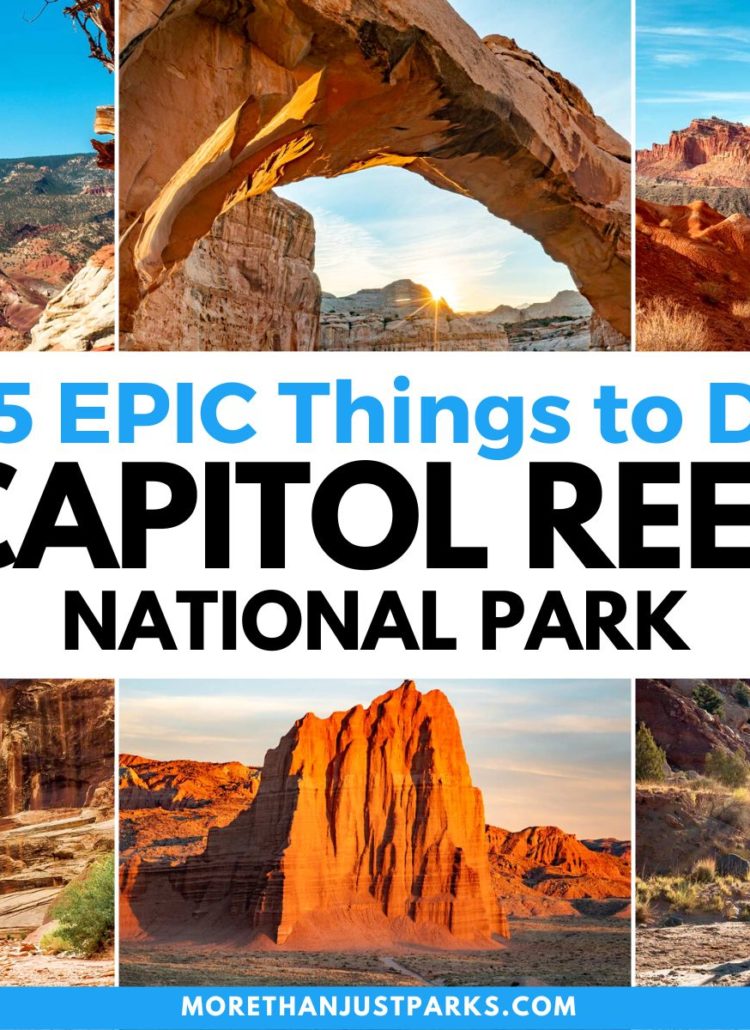
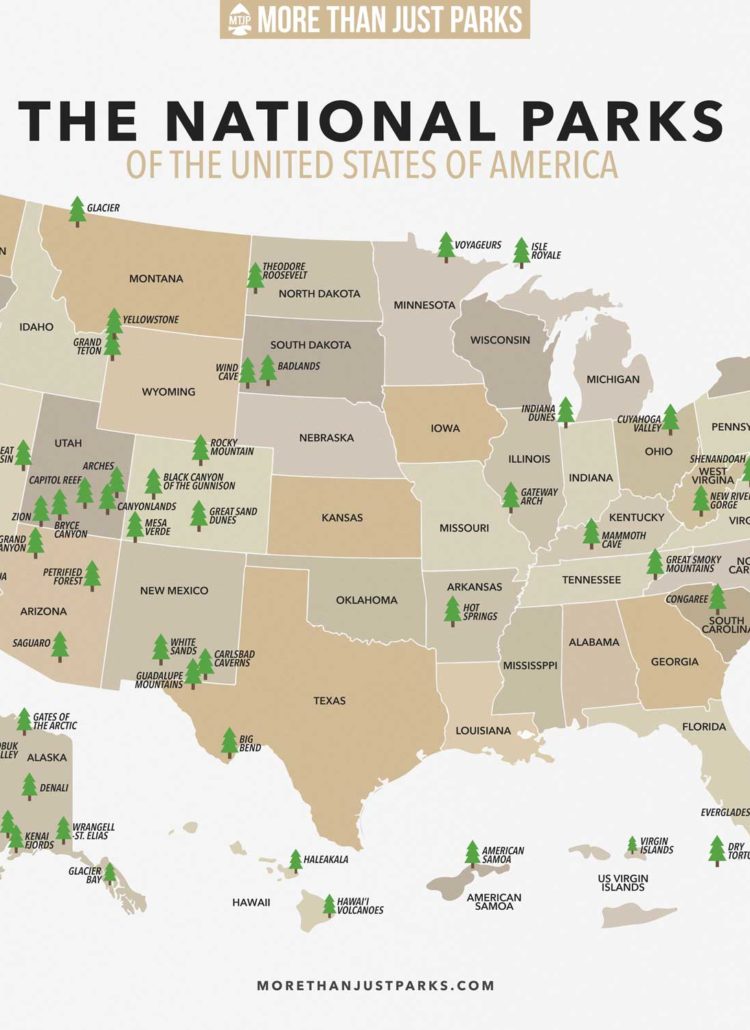
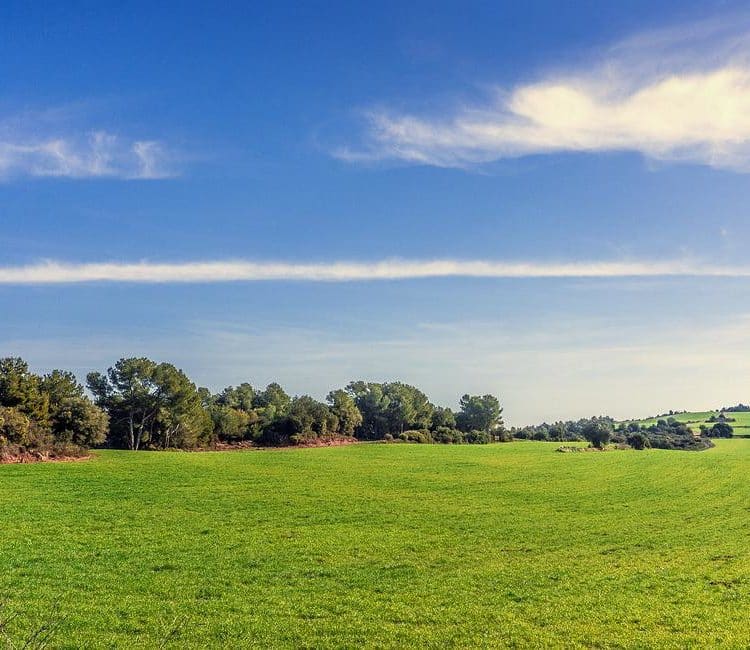
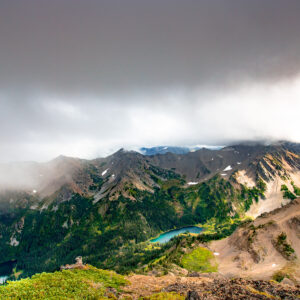

Vicksburg is in Mississippi.
Thanks Kathy!
That is correct. However, Vicksburg National Military Park is actually in both Louisiana and Mississippi.
Best,
Will